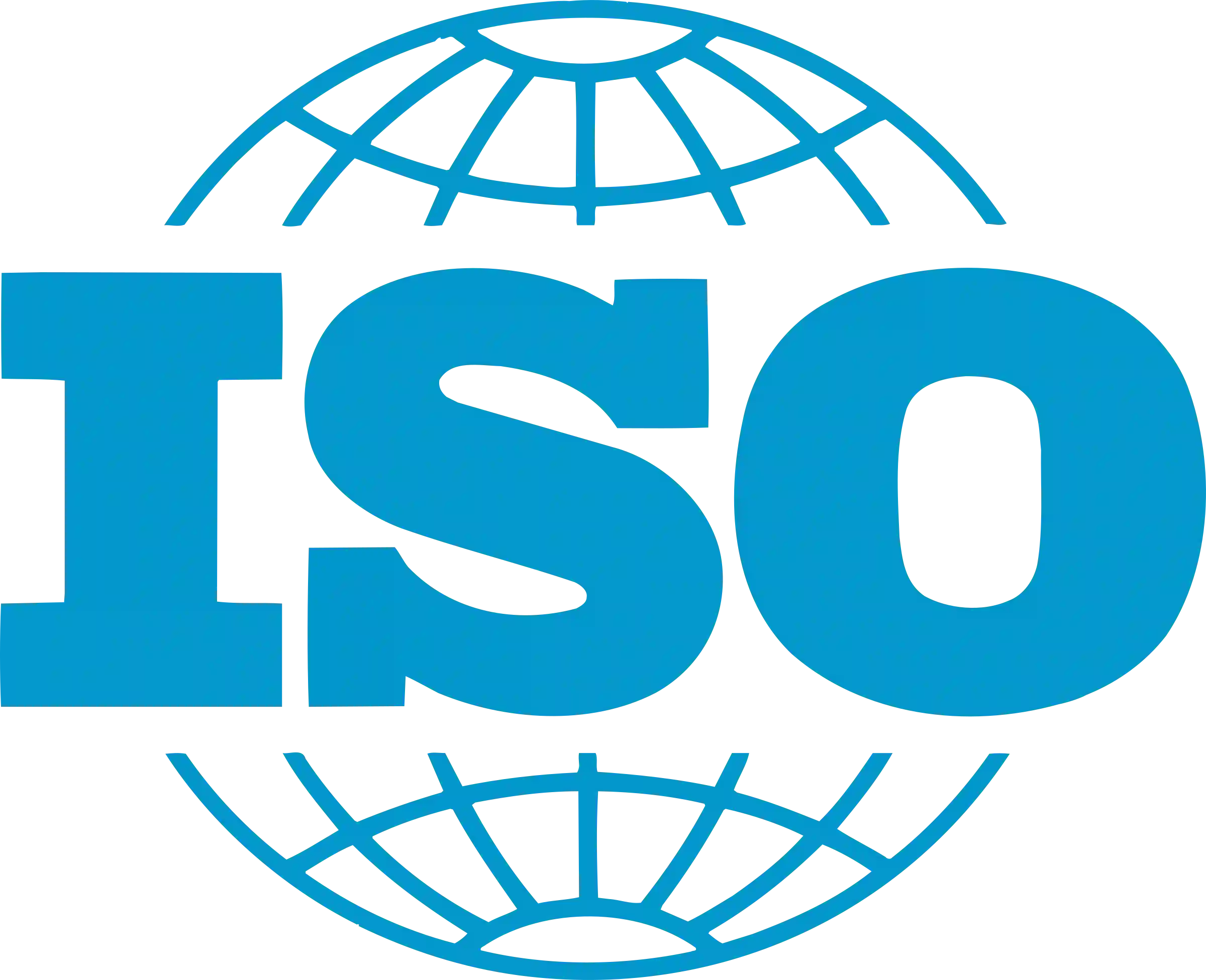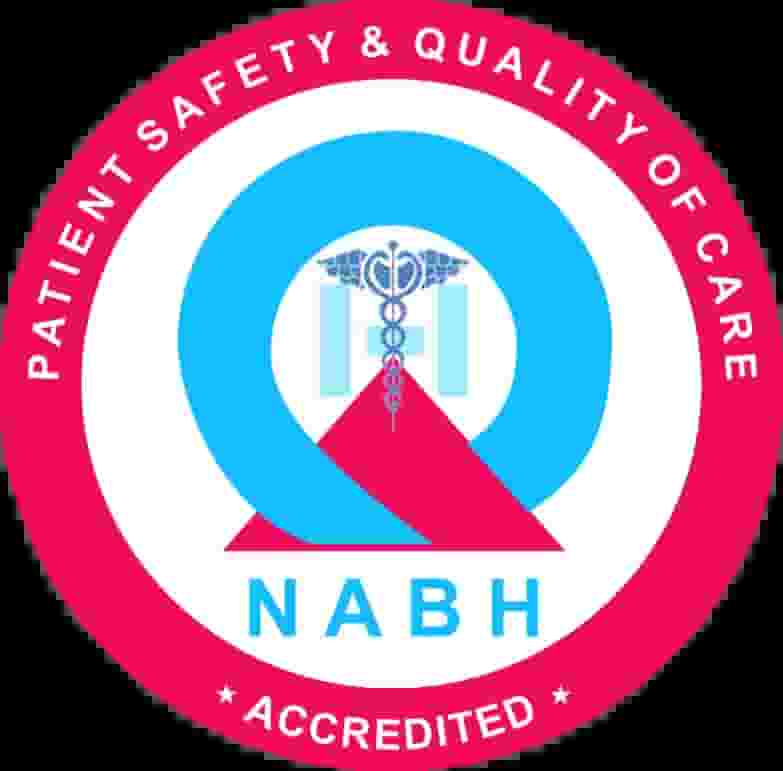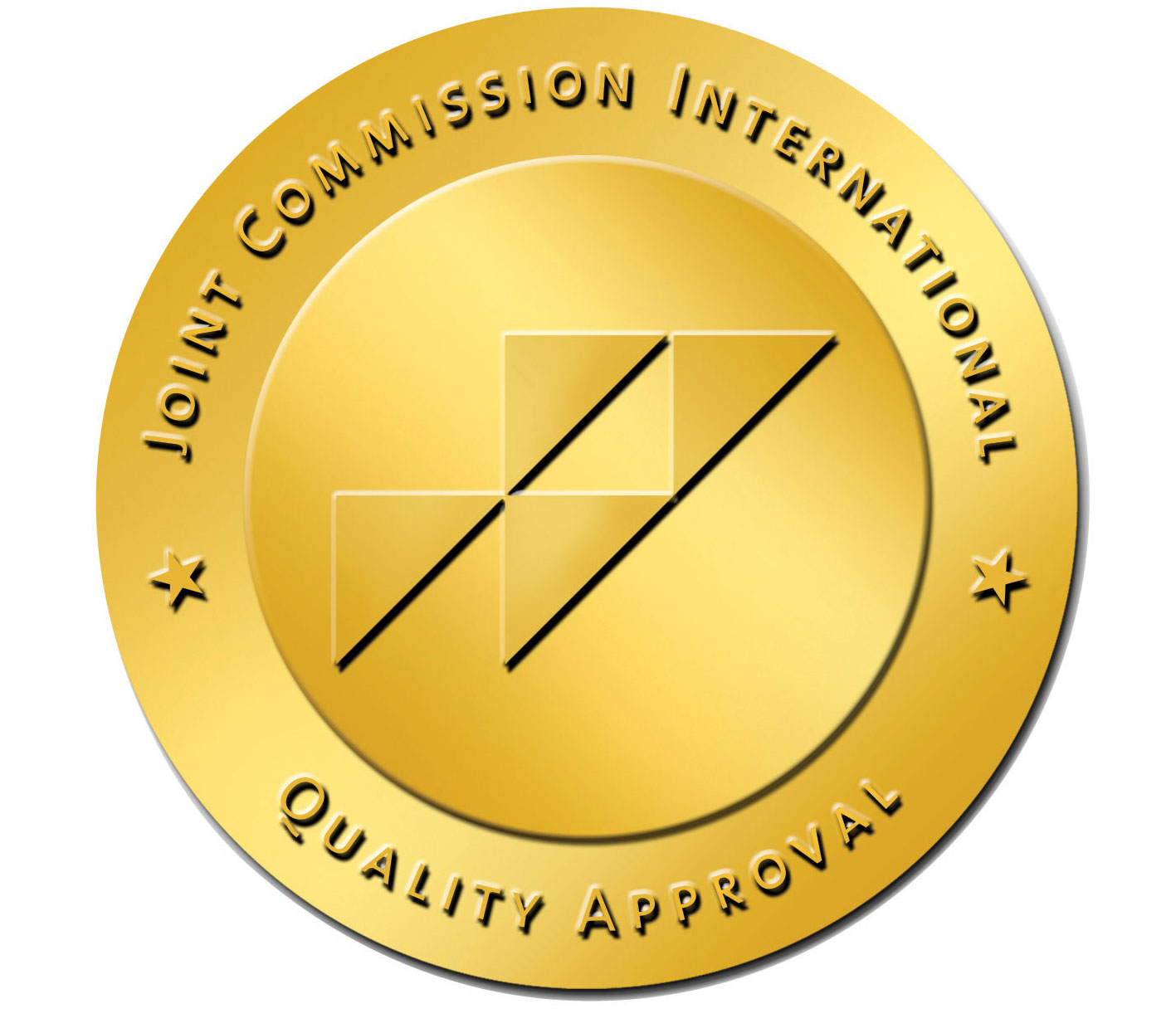
Umbilical Hernia Surgery: Procedure, Risks, and Recovery Time
03 May, 2023
Umbilical hernia is a common medical condition in which a portion of the intestine protrudes through the abdominal wall near the navel. This type of hernia is more common in infants, but it can also occur in adults. In some cases, umbilical hernias may require surgery to correct the problem. This blog will provide an overview of umbilical hernia surgery, including the procedure, risks, and recovery time.
What Is an Umbilical Hernia?
An umbilical hernia occurs when a section of the intestine or fatty tissue protrudes through the abdominal muscles near the belly button. This can cause a bulge to form that is typically painless, but can become painful or tender if the hernia becomes trapped or strangulated.
Transform Your Beauty, Boost Your Confidence
Find the right cosmetic procedure for your needs.

We specialize in a wide range of cosmetic procedures

What is Umbilical Hernia Surgery?
Umbilical hernia surgery is a medical procedure that is performed to repair a hernia that has occurred near the navel. The surgery involves making an incision in the abdominal wall and pushing the protruding tissue back into place. Once the tissue has been repositioned, the surgeon will close the opening in the abdominal wall using sutures or mesh.
The surgery is typically performed on an outpatient basis, which means that the patient can go home the same day as the procedure. Most patients are given general anesthesia, which means that they will be unconscious during the surgery.
When is Umbilical Hernia Surgery Necessary?
Umbilical hernias in infants often resolve on their own by the time the child is 2 years old. However, in adults, surgery may be necessary if the hernia is causing pain or discomfort, is large or increasing in size, or is at risk of becoming strangulated.
It is important to note that surgery is not always necessary for umbilical hernias, and many can be managed through watchful waiting and lifestyle changes. However, if surgery is recommended, it is important to discuss the risks and potential benefits with your healthcare provider.
Most popular procedures in India
Total Hip Replacemen
Upto 80% off
90% Rated
Satisfactory
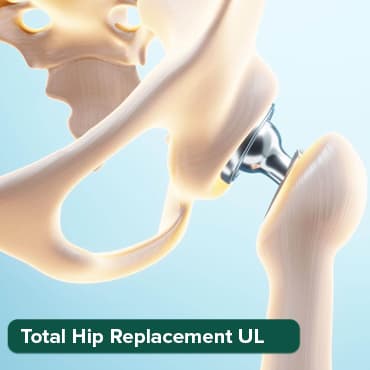
Total Hip Replacemen
Upto 80% off
90% Rated
Satisfactory
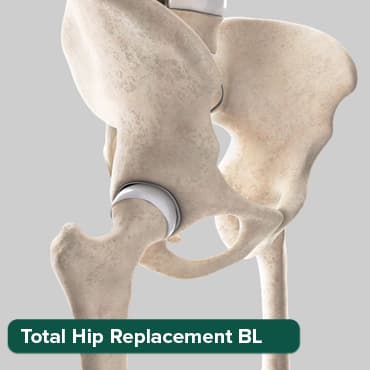
Total Hip Replacemen
Upto 80% off
90% Rated
Satisfactory
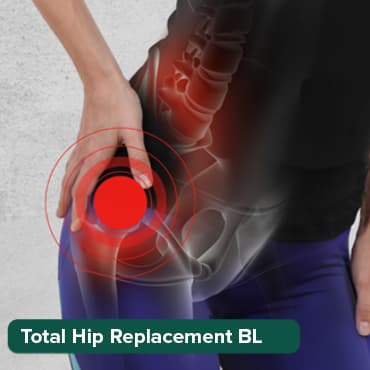
ANGIOGRAM
Upto 80% off
90% Rated
Satisfactory

ASD Closure
Upto 80% off
90% Rated
Satisfactory

Who Needs Umbilical Hernia Surgery?
While many umbilical hernias resolve on their own, some require surgical intervention. The following factors may indicate the need for umbilical hernia surgery:
- The hernia is causing pain or discomfort
- The hernia is becoming larger
- The hernia is causing bowel obstruction
- The hernia becomes trapped or strangulated
Umbilical Hernia Surgery Procedure
Umbilical hernia surgery is usually performed under general anesthesia, which means the patient will be asleep during the procedure. The surgeon will make an incision near the belly button and push the herniated tissue back into the abdominal cavity. The abdominal muscles around the hernia will then be sewn together to strengthen the area and prevent the hernia from recurring.
In some cases, a synthetic mesh may be used to reinforce the abdominal wall. This is more common in cases of larger hernias or in patients with weakened abdominal muscles. The mesh is placed over the weakened area and sewn into place.
The surgery typically takes about an hour to complete and is performed as an outpatient procedure, which means the patient can go home on the same day.
The procedure for umbilical hernia surgery typically involves the following steps:
- Anesthesia: The patient will be given general anesthesia, which will put them to sleep during the surgery.
- Incision: The surgeon will make a small incision near the navel, exposing the hernia.
- Repositioning of tissue: The surgeon will push the protruding tissue back into place behind the abdominal wall.
- Closure: The surgeon will close the opening in the abdominal wall using sutures or mesh.
- Bandage: The surgeon will apply a sterile bandage to the incision site.
The procedure typically takes between 30 minutes to an hour to complete.
Risks of Umbilical Hernia Surgery
As with any surgery, there are risks associated with umbilical hernia surgery. Some of the common risks associated with this procedure include:
- Infection: There is a risk of infection at the site of the incision.
- Bleeding: There is a risk of bleeding during or after the surgery.
- Anesthesia risks: There is a risk of complications related to general anesthesia.
- Nerve damage: There is a risk of nerve damage during the surgery.
- Recurrence: There is a small risk of the hernia returning after surgery.
- Bowel obstruction: In rare cases, the intestine may become obstructed after the surgery.
It is important to discuss these risks with your surgeon before undergoing the procedure.
Recovery Time after Umbilical Hernia Surgery
The recovery time after umbilical hernia surgery varies from patient to patient. However, most patients can expect to return to their normal activities within 2-4 weeks after the surgery.
During the first few days after the surgery, the patient may experience some pain and discomfort at the incision site. Pain medication may be prescribed to help manage this discomfort. The patient may also need to limit their physical activity during this time to allow the incision to heal properly.
After a week or so, the patient may be able to return to work or school, but they should avoid any strenuous activity for several weeks. The surgeon will provide specific instructions on when the patient can resume their normal activities.
In general, it is important for the patient to take care of themselves during the recovery period. This includes getting plenty of rest, eating a healthy diet, and avoiding smoking and alcohol.
Conclusion
Umbilical hernia surgery is a common medical procedure that is used to repair a hernia near the navel. While there are risks involved, the benefits of surgery often outweigh the risks. If you're experiencing pain or discomfort from an umbilical hernia, speak with your doctor to determine if surgery is right for you.
The surgery involves making an incision in the abdominal wall, repositioning the protruding tissue, and closing the opening in the abdominal wall. While there are risks associated with the procedure, most patients can expect to recover within 2-4 weeks after the surgery.
If you have an umbilical hernia, it is important to talk to your doctor about your treatment options. In some cases, surgery may be necessary to correct the problem and prevent complications. Your doctor can provide more information about the procedure, including the risks and benefits, and help you decide if surgery is right for you.
In addition to surgery, there are other ways to manage an umbilical hernia, such as wearing a supportive device or avoiding heavy lifting and strenuous activity. Your doctor can provide guidance on the best approach for your specific situation.
Overall, if you are considering umbilical hernia surgery, it is important to educate yourself about the procedure and the potential risks and benefits. By working closely with your doctor and following their recommendations, you can help ensure a successful outcome and a smooth recovery.
Wellness Treatment
Give yourself the time to relax
Lowest Prices Guaranteed!

Lowest Prices Guaranteed!
